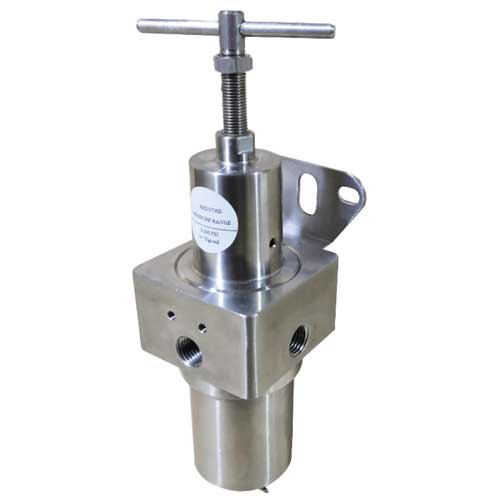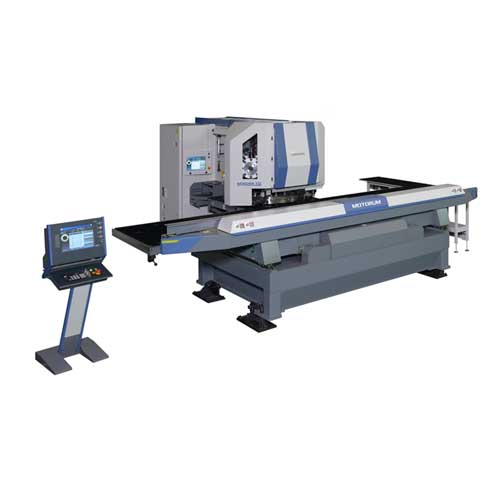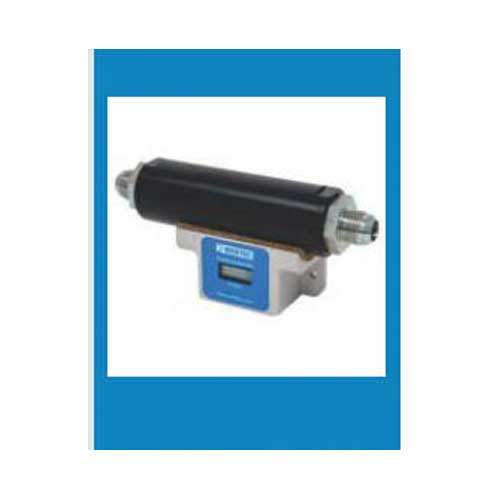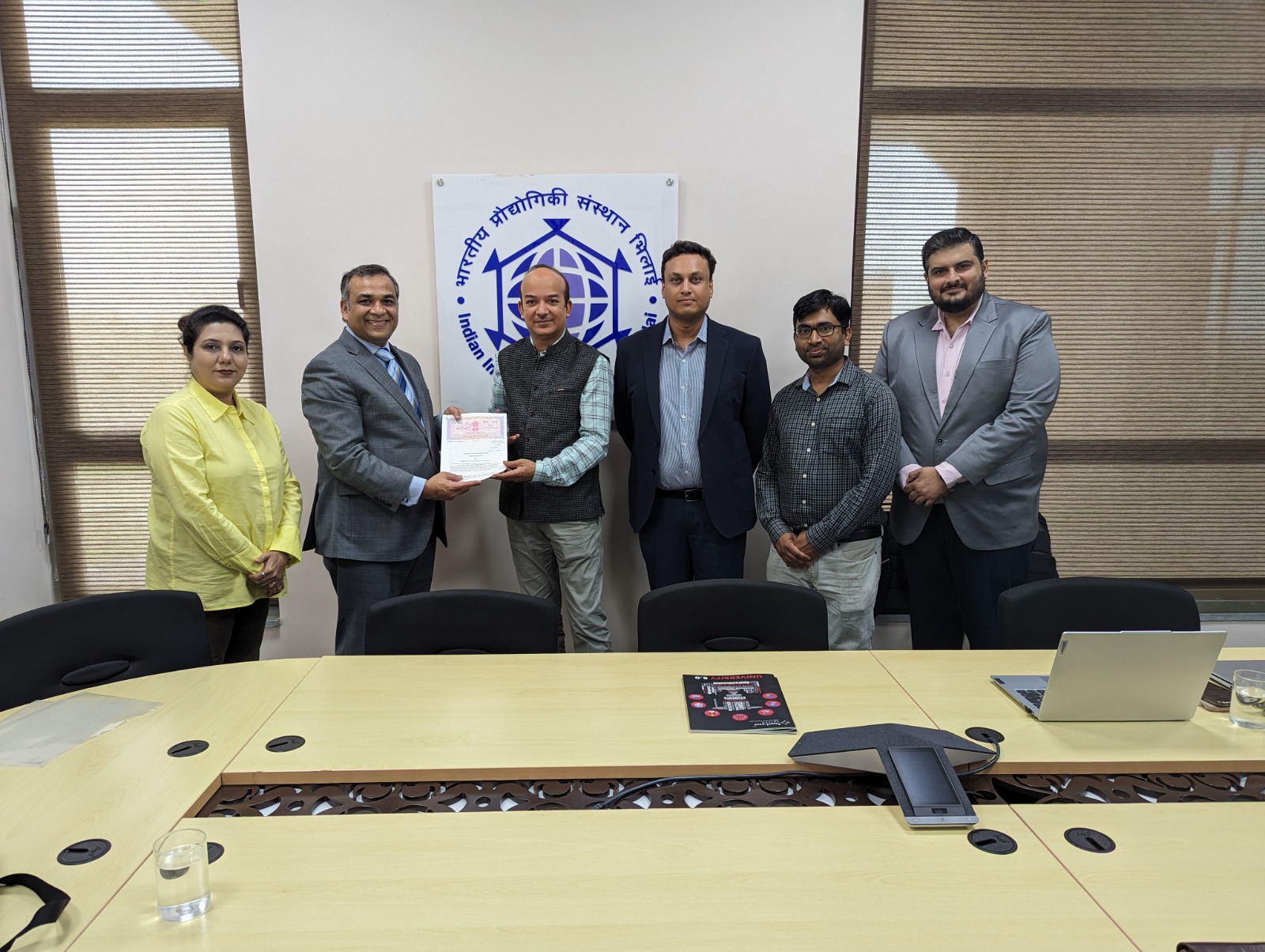Schedule a Call Back
Choosing Between Electromechanical and Fluid Power
 Technical Articles
Technical Articles- Feb 04,13

Linear actuation plays a critical role in a wide range of products and processes in factory automation, packaging, medical devices, and many other fields. Linear actuators are commonly divided into two main types: fluid power actuators that operate on differential pressure and electromechanical actuators driven by an electric motor. The type of actuator used plays a critical role in the machine's performance, initial cost and operating costs. This article will look at the pros and cons of each of the main types of linear actuators with the goal of providing a general guide for their selection and application.
Precision linear actuators can successfully be used in handling, machining and manufacturing applications. The broad range of options and accessories makes it easy to find the perfect actuator for most applications.

The traditional sweet-spot for pneumatic actuators has been and continues to be moving relatively light loads back and forth between two positions, with the travel at each end controlled by the mechanical limits on the actuator or hard stops. These are often called bang-bang applications because of the noise made as the actuator reaches each end of its limit of travel. Position control is not required at any point other than the end positions. In these applications pneumatic actuators typically offer a combination of low initial cost and high speed that makes them an ideal choice for simple motion applications.
Chemical plants, paper mills, welding operations and outdoor applications are all suitable for precision linear actuators. IP65 protection, a robust design and the use of high-quality components makes them suitable for almost every location.
Hydraulic actuators are used in high force applications, with forces greater than 25 times that of a pneumatic cylinder of the same frame size. They run at typical line pressures of 2,500 psi, compared with a pneumatic cylinder which runs at 90 psi (or less). Hydraulic actuators have the same limitations as pneumatic actuators in that their motion profile is difficult and expensive to control.
The hallmark for the entire range of precision linear actuators is the ability to work hard, fast and accurately, day in and day out, under the toughest conditions.
Control Over Motion and Force

On the other hand, as machinery increasingly becomes more sophisticated, productive, accurate and safe, it increasingly requires control of position, velocity or force throughout the range of motion. More accurate control can be accomplished with pneumatics using proportional regulators and valves but this considerably raises the cost and complexity of the installed system as well as the maintenance expenses. The compressibility of air also provides inherent limitations on the level of control that can be achieved with pneumatic actuators. It's also difficult or impossible for pneumatic actuators to provide the slow, controlled speeds that are needed in certain applications.
Precision linear actuators provide long life and maintenance free operation in loading or unloading in material handling, packaging, medical and electronics industries. One large packaging OEM found benefits in their ability to control the motion profile and easily change cycle times by adjusting the product volumes and line speeds of the machine. The first part of the movement has a very rapid motion with no force; basically a 'move to position'. When the actual pressing of the product occurs the actuator decelerates to a lower speed and makes sure the pressing stage is as controlled as possible, then the actuator returns with a very high speed. The characteristics of the product require very smooth motion and the entire motion profile is done in a way that assures minimal power usage - in fact power is only consumed when the actuator is actually in motion.

Precision linear actuators are well suited for valve control application in the process and packaging industries, ventilation equipment and vehicle applications. Electromechanical actuators provide significant advantages in more complex applications because they provide the engineer with complete control over the motion profile. Many actuators have integral encoders that can be used to accurately control velocity and position. Others also give you the ability to control and monitor torque and therefore applied force. Electromechanical actuation systems are programmable so the force and motion profile can be changed in software without having to shut down and reconfigure the machine.
An engineer for a blow moulding equipment manufacturer that converted from pneumatics to electromechanical actuators commented: "Electromechanical actuators are faster and more predictable. In the past, machine fluctuations in air pressure drove process variation. With electromechanical actuation we have more controllability because we can vary the speed and the entire move profile. This has resulted in higher part quality and fewer rejections."
The design of a precision linear actuator is quite basic. An electric motor - through a belt gear, a worm gear, a planetary gear or via a coupling directly - rotates a ball screw which translates the torque into axial force through the extension tube. The increased controllability of electromechanical actuators can often be used to eliminate the need for changeover when switching from one product to another. The resulting time savings can be substantial in packaging applications where numerous package sizes may run in a single shift.
An engineer for a packaging company recently said: "Most of our applications are pneumatic but we are moving towards electromechanical because we find them more reliable and more controllable. Changeover times are the name of the game in packaging. If you can reduce those then we will pay for it."
Energy Consumption

Energy consumption is becoming an increasingly important area to consider when selecting between alternative linear motion technologies. Fluid power has the advantage of being able to hold pressure constant without having to apply additional amounts of energy. On the other hand, the compressor used to drive a pneumatic actuator must be kept continually running even when the actuator is not performing any work. Losses due to air leaks add to the operating costs of pneumatic systems. A food and beverage industry plant operations manager noted that: "It's a pain in the butt and wasteful to run air to the line. You get any kind of leak in those lines and it can cost you thousands."
Precision linear actuators are direct descendants of hydraulic and pneumatic cylinders. Actuators benefit from cleaner, simpler and more energy-efficient power transmission. They are also much easier to integrate with modern programmable controls, have greater accuracy and are less noisy.
Pneumatics and hydraulics also go through a two-step energy conversion process that results in relatively low energy efficiency. Electromechanical actuators, on other hand, offer considerable energy savings in the majority of applications because they use power only when they are performing work. The ball and roller screws used in
electromechanical actuators offers high levels of efficiency typically in the range of 90%.
Clean Operation

Linear actuators are being used more frequently in applications that require clean operation such as in the food, beverage, packaging, medical and electronics manufacturing industries. When hydraulic actuators are used, leakage and disposal of used oil can present a problem. Pneumatic actuators present similar issues due to the presence of oil and other impurities in compressed air supplies. The exhausted air typically needs to be filtered to remove impurities before it is released into the environment. Electromechanical actuators, on the other hand, have considerably less impact on the environment and are strongly preferred for applications where clean operation is important. Noise reduction in the workplace is also a factor in many applications. Electromechanical systems have a strong advantage in this area.
Precision linear actuators are ideal for positioning loads that are either externally-guided and supported or pivoting.
Total cost of ownership is an important consideration in nearly every application. Fluid power actuators usually have a cost advantage in applications where a power source is already available because adding a new axis only requires a cylinder, valves, hoses and fittings. On the other hand, electromechanical actuators are usually less expensive in applications where fluid power is not available or where fluid power is in use but additional capacity must be put in to handle the new axis. As previously mentioned, energy consumption is also a significant factor when considering total cost of ownership.
The timeframe it takes to recover the initial higher premium paid for electromechanical actuators will naturally vary depending on the particular application, but it is not uncommon for that to occur in less than a year through reduced energy consumption. Electromechanical actuators also reduce the complexity of the design process because they are easier to specify and design than pneumatic or hydraulic actuators. It takes only three steps to determine the size of an actuator for an application: measure the load, determine the duty cycle and specify stroke and retract length.

Loads can be determined with software packages that simulate mechanical systems or by performing measurements with a load cell on the actuator. Electromechanical actuators can easily be configured by the manufacturer to fit the requirements of any application by changing gear ratios, leadscrew, motor, and electronic control parameters to predictably affect the key performance variables.
Precision linear actuators are often a better choice than hydraulic or pneumatic alternatives with advantages of simpler and smaller installation, easier control, lower energy costs, higher accuracy, less maintenance, less noise, and a cleaner, healthier environment.
In summary, three main factors are driving the migration from fluid power to electromechanical solutions. The first is to increase productivity by improving controllability, shortening changeover times and improving accuracy and reliability. The second is to reduce the operating cost of the machine by improving energy efficiency, increasing up-time and reducing maintenance. The third is the fact that electromechanical systems are cleaner and quieter than fluid power systems.
Electromechanical actuator vendors can help OEMs specify the ideal actuator for the application, balancing cost with performance and reliability.
About Thomson
With more than 60 years of motion control innovation and quality, Thomson is the industry's premier producer of Linear Ball Bushing? Bearings and Profile Rail Bearings, 60 CaseTM Shafting, ground and rolled Ball Screws, Linear Actuators, Gearheads, Clutches, Brakes, Linear Systems, and related accessories. Thomson invented the Linear Ball Bushing Bearing in 1945, and has set the standard ever since with an unsurpassed set of mechanical motion control solutions serving global commercial and aerospace and defense markets. Thomson Industries Inc., has facilities in North America, Europe and Asia with over 2000 distributor locations around the world.
Related Products

Precision Series Filter Regulator
Siemag Industries offers a wide range of precision series filter regulator

Ac Servo Motorum 3048tg With 8-station Tapping
Meiban Engineering Technologies Pvt Ltd offers a wide range of AC servo motorum 3048TG with 8-station tapping.

Flow Hour Counters
HTM Hydraulics Pvt Ltd offers a wide range of flow hour counters.














